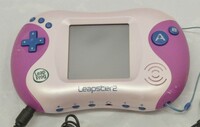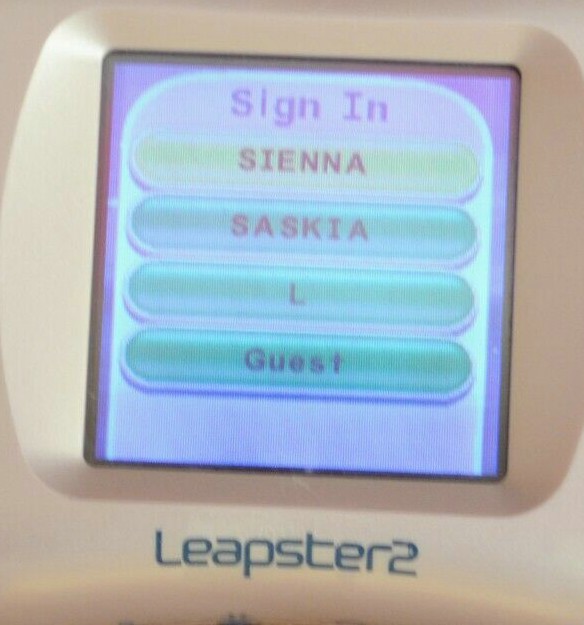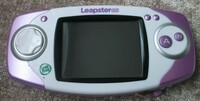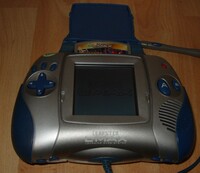The ClickStart (with the slogan My First Computer) is an educational computer system created for children aged between 3 and 6 years (toddler to kindergarten) by LeapFrog Enterprises and was introduced in 2007. The entire system consists of a console unit and a wireless keyboard and mouse set. It also uses cartridges simply called My First Computer Software. The console also introduces Scout, a green-colored dog character who also appears in later LeapFrog products.
The console won the Outstanding Product award of the iParenting Media Awards and Mom-Tested Toy of the Year award of Parenting Magazine upon introduction in 2007[citation needed]. As of 2009 it is still being sold worldwide, although games and accessories for the console as of 2009 is still lacking.
ClickStart Learning Carnival
Finding Nemo: Sea of Keys
Thomas & Friends: Learning Destinations
ClickStart Animal Art Studio
Toy Story: To 100 and Beyond!
The Backyardigans: Number Pie Samurai
Disney Princess: The Love of Letters
Cars: The Road to Learning
ClickStart Scouts Puppy Pal
Dora the Explorer: Friends! ¡Amigos!
Go, Diego, Go!: Learning Expeditions
Bob the Builder: Project: Learn It
Ni Hao, Kai-LanuP 8157
 video games gallery from the last century
video games gallery from the last century





















